Are repurposed garages the future of Oxford city housing?
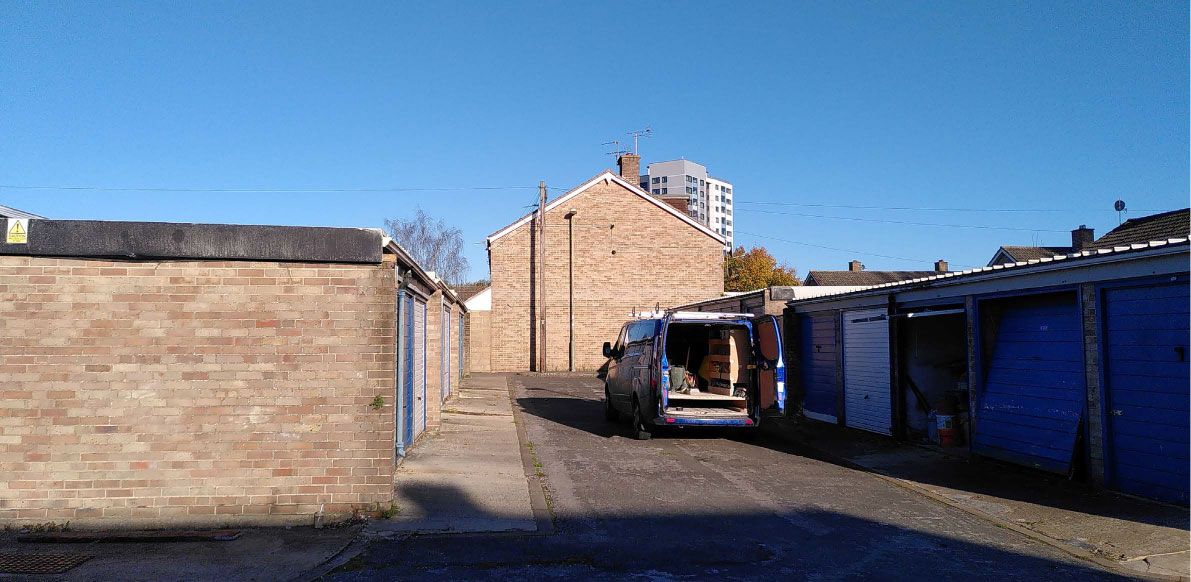
Oxford is the least affordable place to live in the country. The average house price is more than 12 times average earnings, and more than 3,300 households are on the waiting list for council housing.
The waiting list for lower priority bands is up to 20 years. No, that’s not a typo, which is why we linked it to the source – the council themselves. Oxford City Council says Oxford needs 26,440 new homes by 204o to meet the demands of its growing population. They think there is room for 9,612 more homes in the city. Their creation is planned in a variety of ways but mainly by building at higher density; allowing mixed use home and employment sites; contacting Oxford's major landowners to identify opportunities for new homes (shades of Oliver Twist and Oxford University – “please sir, can I have some land?”); discouraging short lets (see the Headington Shark controversy); and, critically, building homes on brownfield and hard to develop sites, where it isn’t subject to the vagaries of “large local landowners”.
Brownfield sites cost more to develop than others, which puts off some commercial developers. To address this and other challenges, Oxford City Council has set up OX Place, a housing development company wholly owned by the council. While it likely doesn't operate to the same profit constraints as a privately owned company, any profit it does make either goes back to the council or is reinvested in more houses. (For more on the “Oxford model” where the council's various income streams fund expenditure, see our budget explainer.)
Oxford City Council owns 1932 garages across 147 sites in the city, with the highest density of garages being in Blackbird Leys and Barton. Blackbird Leys holds 30% of the total garage stock citywide. But now cars are bigger (and more weatherproof) than their 1970s forebears, legacy garages are simply less popular than they once were.
Extensive feasibility studies into clusters of garages with development potential have been undertaken by the council. At the same time, the national Department for Levelling Up, Housing & Communities – we swear this is a real government department name – announced funding via the Brownfield Land Release Fund (the second such fund, so BLRF2 for short). Oxford received £340k of the £60m available to help develop its brownfield sites.
Let's put pen to paper
Conversion, of course, isn’t as simple as “knock down garage, build house”. A 68-page report details the criteria and design challenges. These include the number of dwellings that could be provided, garage vacancy rate, access, overshadowing, overlooking, flood risk, height restrictions (houses are usually taller than garages!), trees and their roots, location in relation to shops, schools, public transport and green space. Plus of course the impact on neighbouring properties, and consequent impact/support from the local community.
On 28 March 2024 Oxford City Council approved a contract to ODS – their other directly-owned “Oxford model” company – to demolish, decontaminate, and develop vacant garages and bungalows into commmunity led housing. There are three garage sites in Blackbird Leys – Harebell Road, Pegasus Road and Underhill Circus – plus two vacant bungalows in Leiden Road. Extensive development is of course, ongoing in Blackbird Leys comprising 300 homes and an improved community centre, so these developments sit alongside that work.
Sunshine through my window
What could this new housing look like? We can get a sense of what might be by looking at similar housing projects, both social housing and those for the open market.
This architect’s model of Sydenham Road in Croydon shows 4 houses replacing existing garages. The houses are two storeys, but sunk partially into the ground to allay concerns around “right to light” and views from neighbouring properties. These dwellings are not planned as social housing. possibly due to the additional cost required to build partially underground.
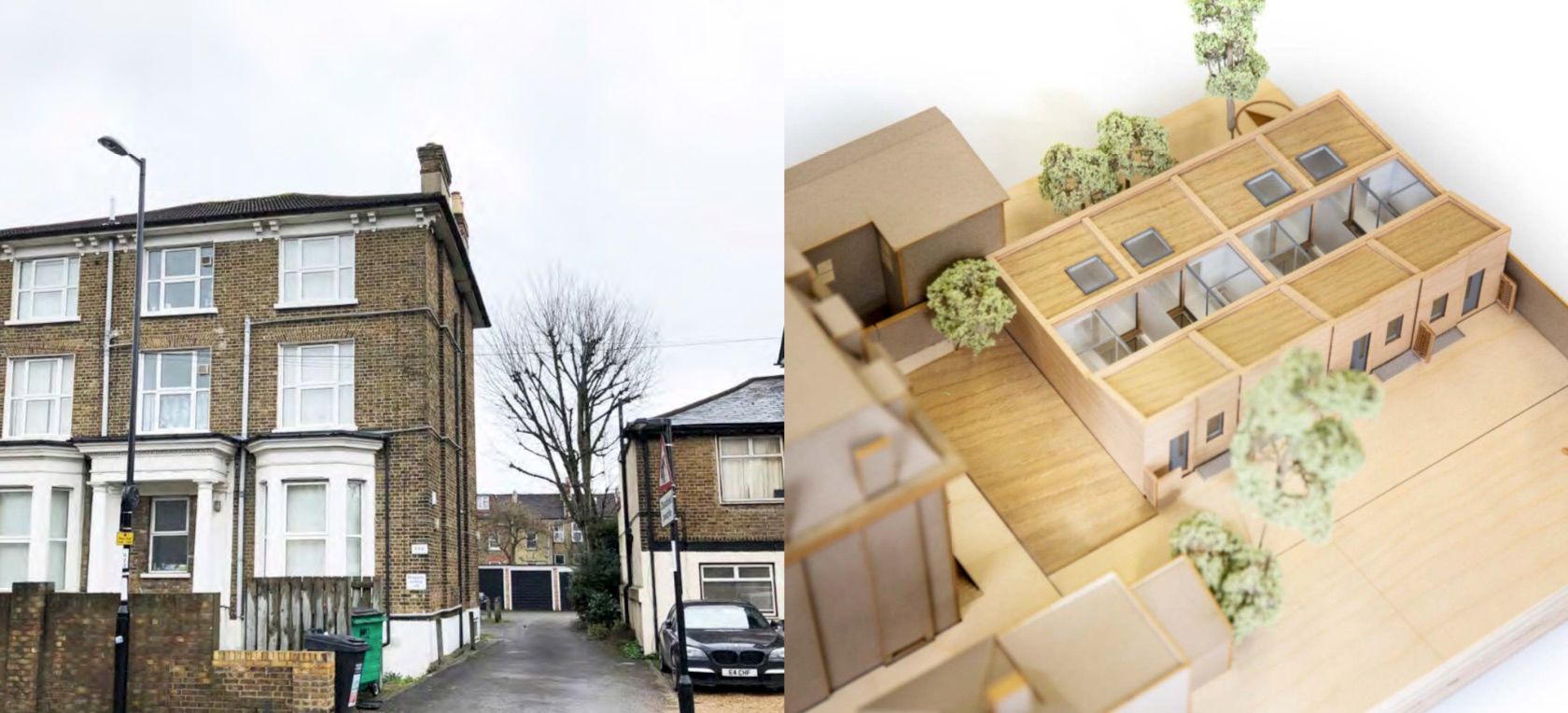
The London Borough of Greenwich had a target of building 750 new affordable homes, for social rent. The design below directly replaces garages, with two storey dwellings.
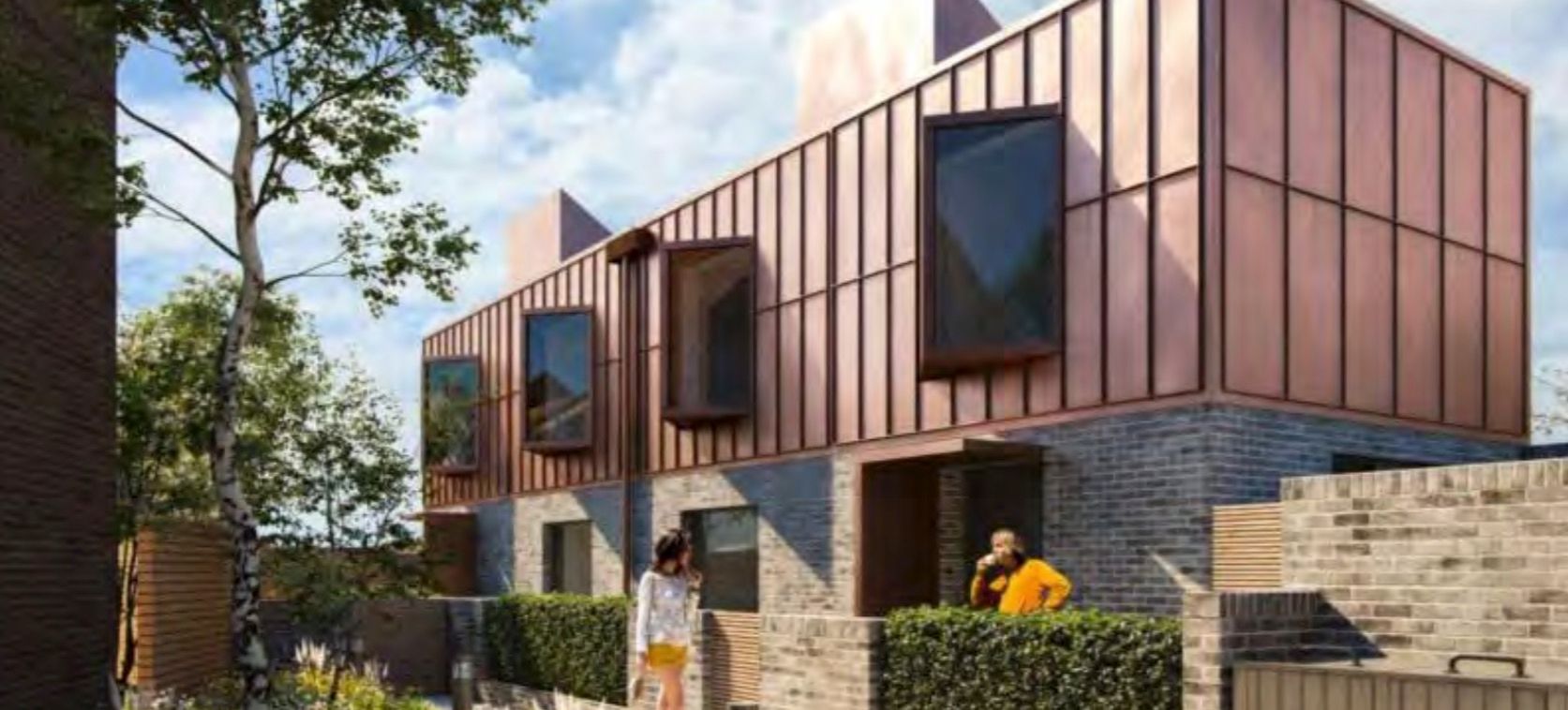
Needing more space, but providing homes for larger family units is this development in Tower Hamlets. The homes are 4-6 bedrooms to support large multigenerational family units experiencing overcrowding in current accomodation.
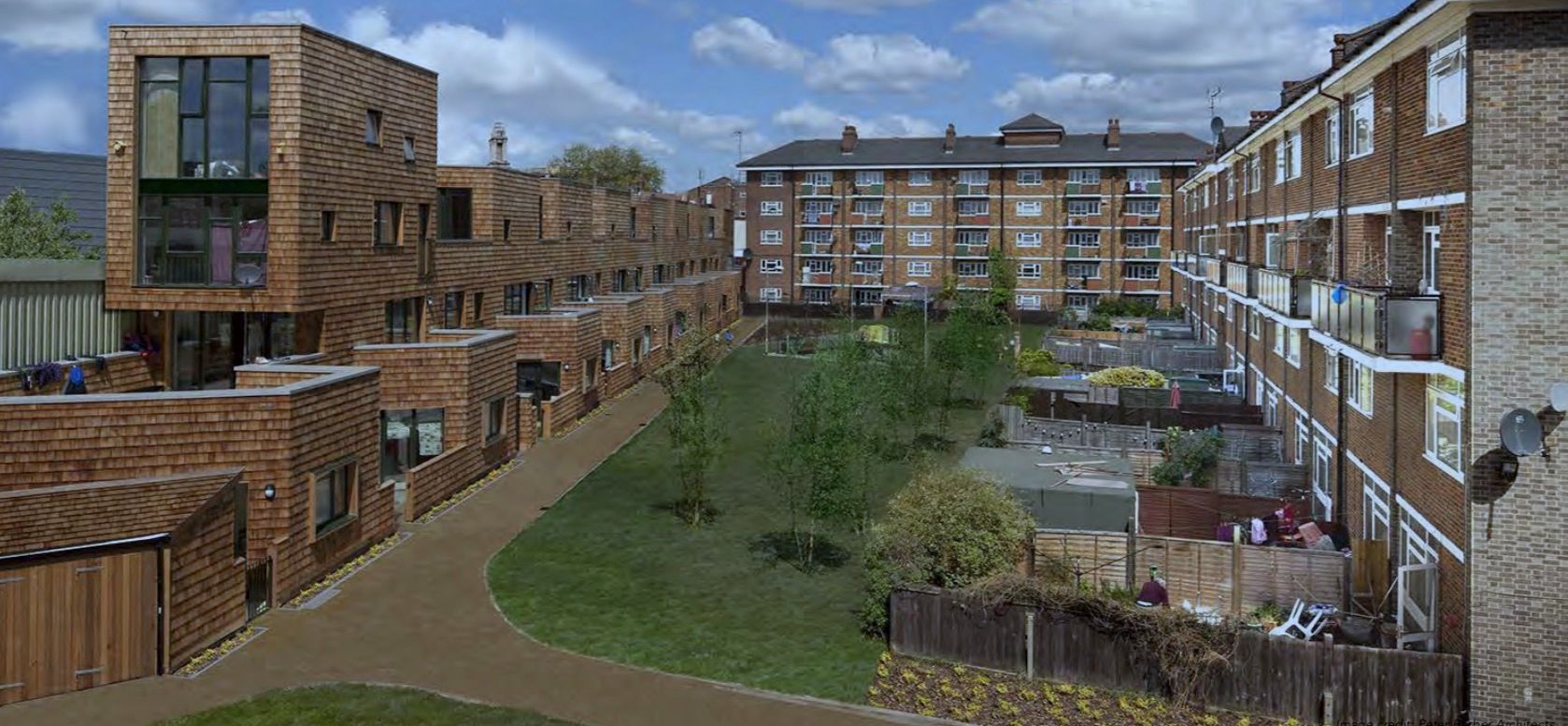
And finally, in Cambridge, the image below shows an example of ‘intense supported housing’ for those experiencing homelessness. These designs are modular and designed to be moved from site to site, built on unused land with short to medium term leases.

The City Council is proud of the project. Cllr Anna Railton, a Labour cabinet member and City Councillor for Hinksey Park, said on Twitter: “Love this project, turning small brownfield sites into affordable homes. ODS doing the work, and keeping the money in the local economy and upskilling the workforce.”
Is the enthusiasm universally shared? We reached out to the Liberal Democrats and the Green Party as the opposition in the city council for comment. Lib Dem Leader Cllr Chris Smowton said:
"This brownfield development is welcome, but the numbers involved are tiny in the context of the housing requirement outlined in the Local Plan and in part exported to neighbouring districts. To make a serious dent in that figure, the Council would need to pursue a plan of strategic densification, such as redeveloping sparser one- and two-storey streets into low-rise apartments where appropriate."
On behalf of the Green Party, Cllr Emily Kerr commented
"Oxford desperately needs new homes, it's one of the most unaffordable places to live in the UK. We welcome brownfield development as it makes better use of existing space and increases population density which helps support local shops and facilities. We also need to see more car-free developments (a better use of space), an end to right to buy, and to lift the current restrictive rules around Council borrowing to build new houses."
I got 21 seconds to go
An interesting coda to this story: the contract to develop the sites was awarded to ODS (wholly owned by Oxford City Council) by a small group of officers plus two councillors “due to time constraints” on 28 March. In short, in order to release the central government funds, Oxford City needed to be in contract with ODS by 31 March. The government grants were made on 12 December 2023, and the cabinet decision on 24 Jan 2024 granted approval to move the project forward on the basis of this funding.
No formal tender was run. Cllr Smowton again:
“Contracting without tender is never desirable. Oxford City Council would have had ample time to put this contract out to tender if it had got its act together more promptly. We all want the Council to get value for money — so it’s baffling that Oxford Labour passed up the opportunity to ensure it did.”
Cllr Kerr comments:
"I do not know the details of the delegated decision, but it is essential that the Council offers good value for money to its residents, which should include competitive tenders where possible. It concerns me that news of the fund's award was made in December but it appears no tender process took place, which resulted in ODS being awarded the tender by default just 3 days before the deadline in late March. It may well be that ODS are the best company for the job, but in the interests of transparency and value, it should be an open tender process."
This is not the first time questions have been raised around tendering processes. The contract for the city’s leisure facilities was eventually awarded to Serco, with the council accused of “running a highly opaque process far too late, meaning any meaningful choice would have led to a costly contract extension with the existing providers”. We also reported on the Covered Market roof repairs where the final bill was far in excess of the original tender.
Imagine if it all came true
The Clarion is very interested to see how the buildings will take shape. Oxford needs houses. There have been some spectacular transformations of late led by the council not least this one in Jericho:
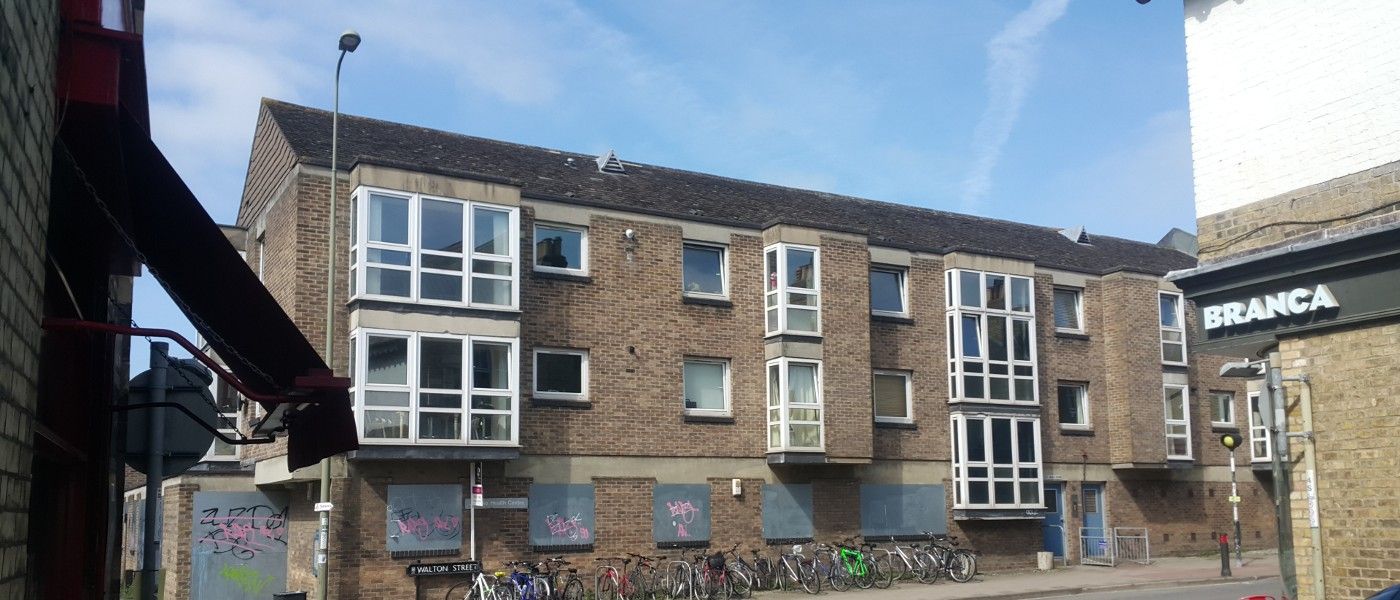

Oxford will be watching. It's our city, our housing. And there's an election coming up.
